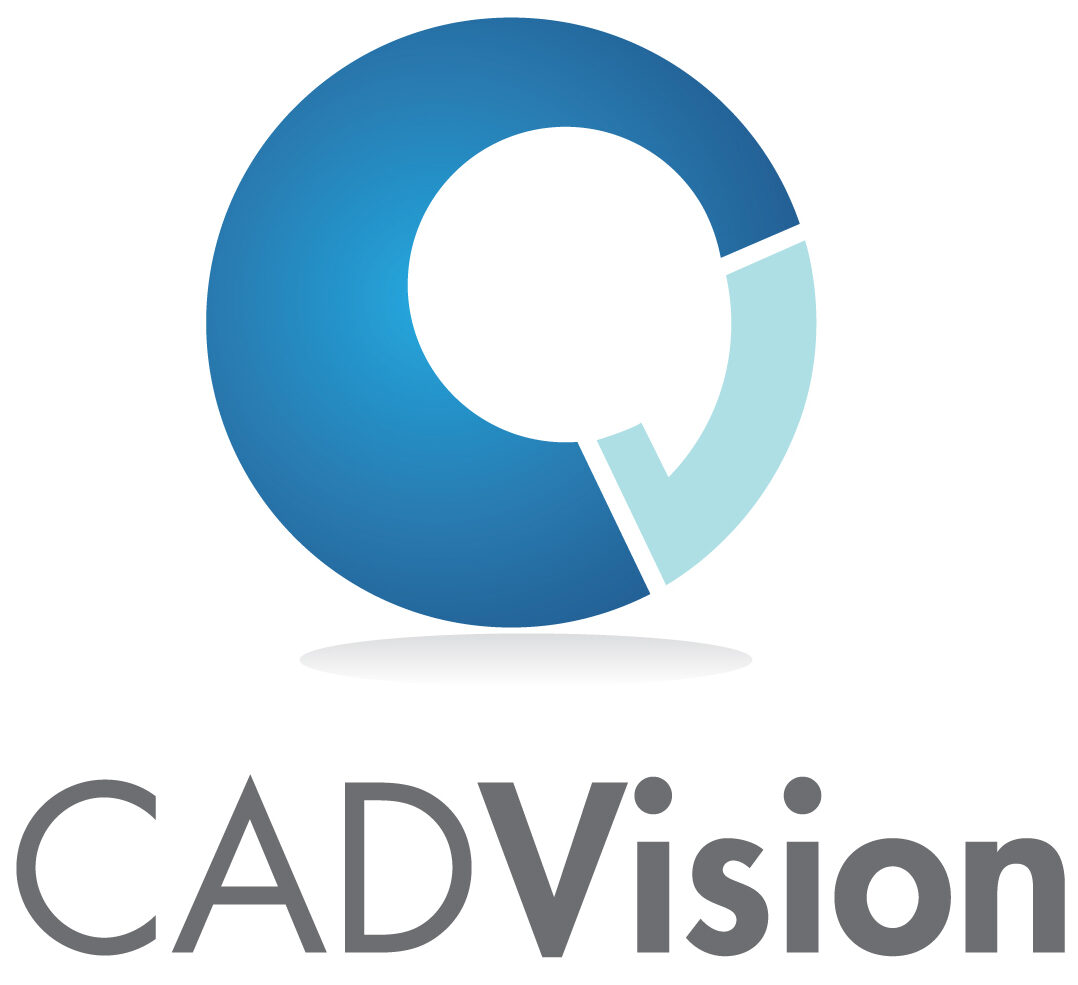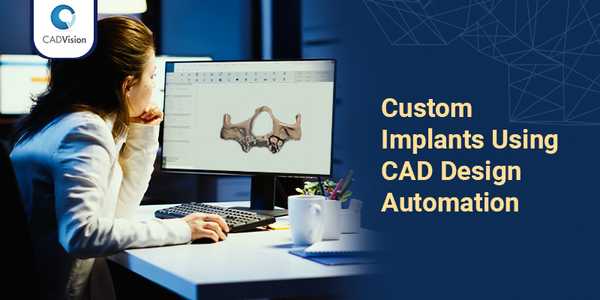Accurate custom implants of the knee, hip, cranial, and other body parts are critical to lowering discomfort and the necessity for operations. The medical industry’s future goal is to streamline the design and production of custom implants using design automation technology to make them efficient, reliable, and more affordable. Custom-designed implants and simulations are becoming increasingly popular, allowing physicians and designers to personalize designs for patients and make more informed surgical decisions. This technology allows many implant variations and pathologies to be considered using additive or repetitive manufacturing at the designing stage.
Long-term patient comfort is essential in all implant procedures. This vision will be realized when the new technology for the design and rapid manufacturing of such implants is implemented.
Abstract
This article presents information about using CAD design automation to create customized implants directly from a medical imaging process. This advancement is given importance due to better performance over their generic counterparts. 3D modeling of organs changing how surgeons plan surgeries, and specialist designers are designing custom implants. The core technology is storing and managing medical data and designer knowledge to use this information in the implant designing process. Advances in the production of implants have eliminated the constraints of shape, size and internal structure, and mechanical properties making it possible to fabricate implants that conform to any kind of requirement needed for the biological region of implantation. This article will review the primary role, advantages, designing process, and recent trends in CAD 3D modeling of custom implants for diverse biological counterparts.
Advantages of CAD Design Automation in Medical Implants
Many healthcare and medical organizations are looking for design tools to help them create highly engineered components and products for advanced production. CAD software is a platform that helps in the process for designers to iterate distinctive designs and validate them. More efficient technology utilization is customizing the CAD software for specific needs and automating this design process. This can speed up the product development cycle and improve the quality of the implant. Here are the advantages of computer-aided design in achieving these patient-specific
Limitations of CAD Design Automation in Medical Implants
Creating a customized implant to exactly fit the patient’s body has its own restrictions. The constraints or obstacles in designing personalized implants are as follows.
1. Time Consuming
It can take a long time to examine 3D medical images to identify required regions and prepare the highest-quality models for simulation.
2. Workflow Delay
The workflow of going from a scan to a 3D computational model can be interrupted by problems of ensuring the quality of end models and repeatability of manufacturing.
3. Repetitive Process
Creating design iterations from scan data often requires repetitive work to test out multiple variations on an implant prototype.
Latest Advances in CAD Design Automation of Medical Implants
Many vital developments contribute to the possibility of custom and simulation-based medical implants. Medical image data, such as magnetic resonance imaging (MRI), capture realistic patient geometry from scans. Procedures and implant designs can be adjusted based on the scanned patient-specific anatomy.
Creating FE models from biomedical imaging using computational simulation is one way that is rapidly being utilized. These models deconstruct complex anatomies into numerical representations, allowing the realistic study of many scenarios.
Virtual testing about the performance of implants is included, allowing for a better knowledge of the specific implant’s performance. Surgeons might gain more information when planning procedures by simulating operations using realistic models.
All latest advances broadly include topology optimization, finite element analysis (FEA), materials testing, reverse knowledge-based engineering, 3D printing, and regulatory compliance.
Collaborative Process of CAD Automation
In the collaborative CAD design process, the surgeon will engage with the specialist designer on personalized attributes to include their specific surgical requirements.
Analyzing and translating a 3D scan of the patient’s anatomy, usually a CT or MR scan, into a highly accurate, digital 3D model interest is the first stage in this image to the implant process. After that, the surgeon’s plan and their tailored components are defined using these 3D models. These customized components are created according to the precise parameters for each patient.
Using programmed scripts and templates, CAD software may automate many phases in the design workflow, making 3D alignment, size, and patient-specific shape of implants and surgical instruments a rapid, accurate, and highly repeatable procedure.
Central Role of CAD Design Automation in Medical Implants
What distinguishes CAD automation from traditional manufacturing methods is their capacity to generate incredibly complex geometries at a reduced cost in a much quicker timescale. Therefore, the healthcare industry has been turning to advanced methods of developing tailored, patient-specific implants. Researchers from diverse medical fields can use accurate 3D CAD models of body parts and devices to assess various conditions for a wide range of patients. CAD design automation can carry out tasks to meet tight surgery deadlines and make workflows intuitive and repeatable at a sufficient scale.
In conclusion, the most significant uptake of CAD design automation is to give those involved in presurgical planning access to robust and benchmarked methods for the automated design of customized implants. With the growth of repetitive manufacturing of custom implant designs, there is a strong possibility for creating more tailored devices that consider different pathologies.
Contact CADVision for CAD Design Automation ServicesContact CADVision If you are into manufacturing or designing customized medical implants anywhere in India. CADVision is the top provider of CAD software development & services in Hyderabad. They are committed to operating high in the value chain and building CAD automation soft products that are easy to use, practical, and designed for users to efficiently resolve medical challenges.
FAQs
What is CAD (computer-aided design)?
CAD (computer-aided design) is a method of digitally creating 2D drawings and 3D models of real-world objects before they are made. With CAD, you can quickly review, simulate, and alter designs, paving the way for unique goods to reach the market soon.
Why would you use computer-aided design CAD software?
Used by engineers, architects, and construction managers, CAD has replaced manual drafting. It helps users create designs in either 2D or 3D to visualize the products and allows the designers to collaborate with validation and manufacturing. CAD enables the development, modification, and optimization of the design process.
What are the advantages of computer-aided design CAD?
CAD has several advantages over manual drawings, making it an absolute necessity in today’s design market. Here are the six benefits of CAD design automation.
- Saves more time
- Increases productivity
- Design with fewer errors
- Improves accuracy
- Quick access to collaboration

